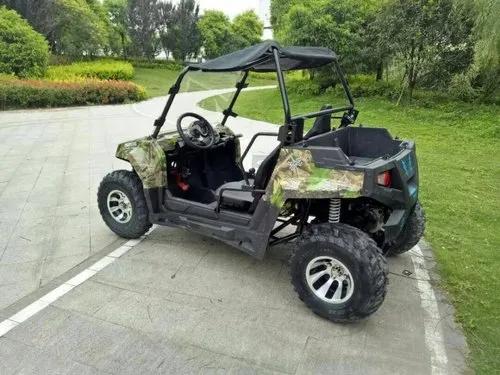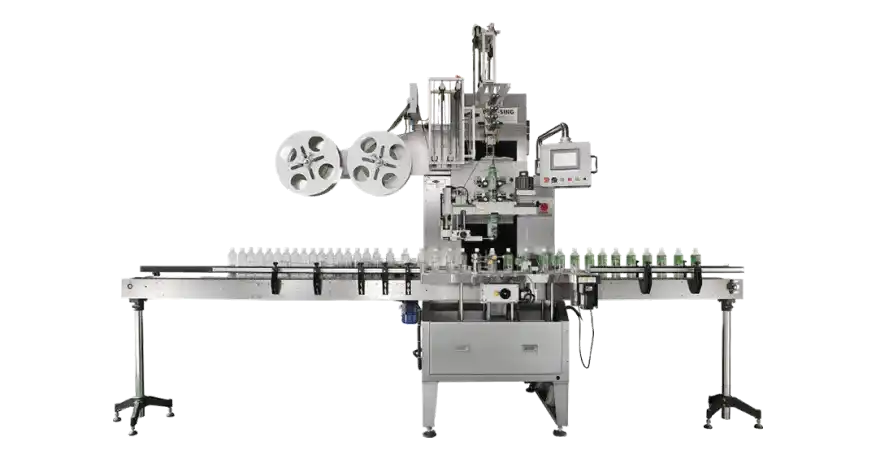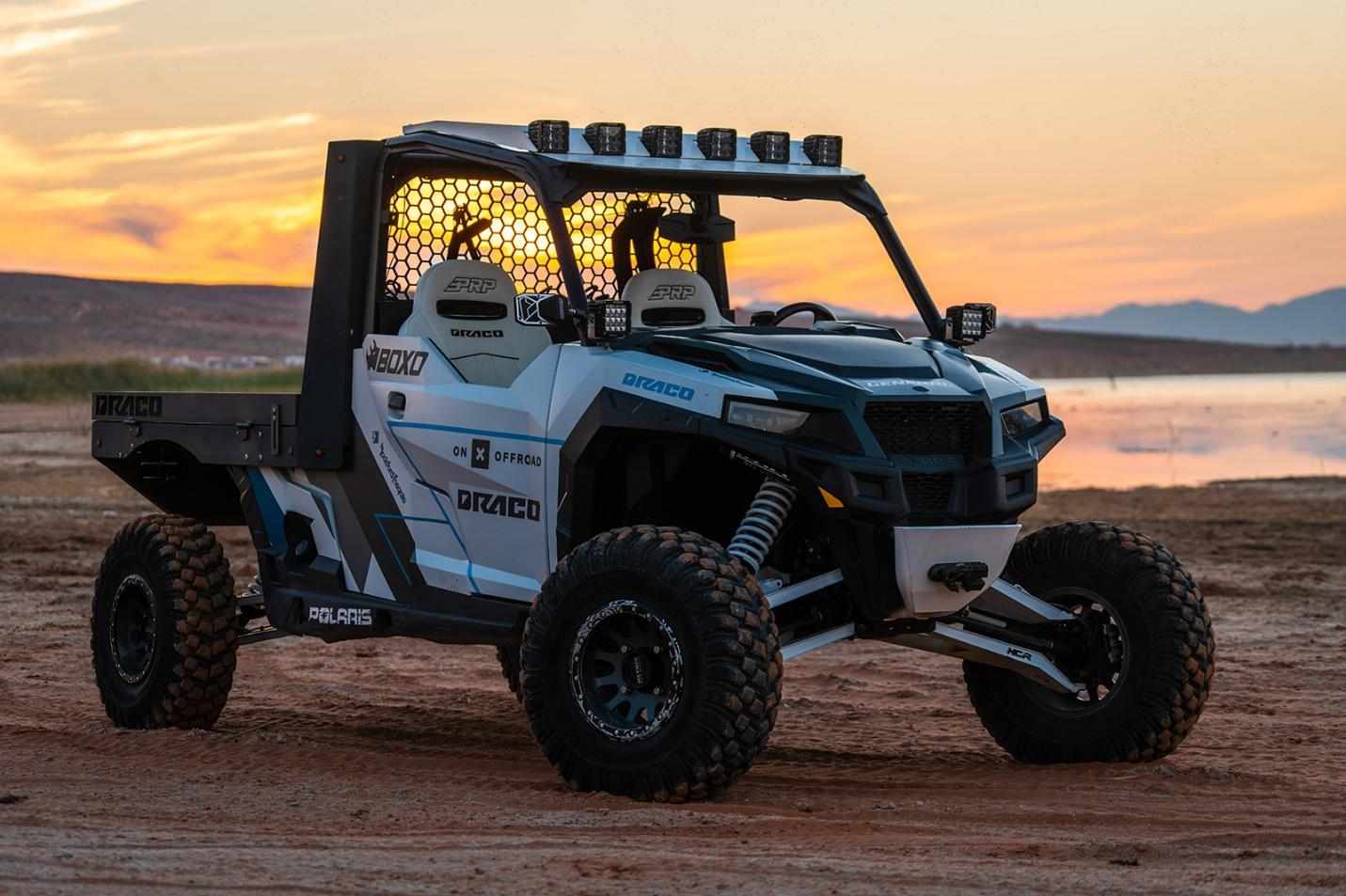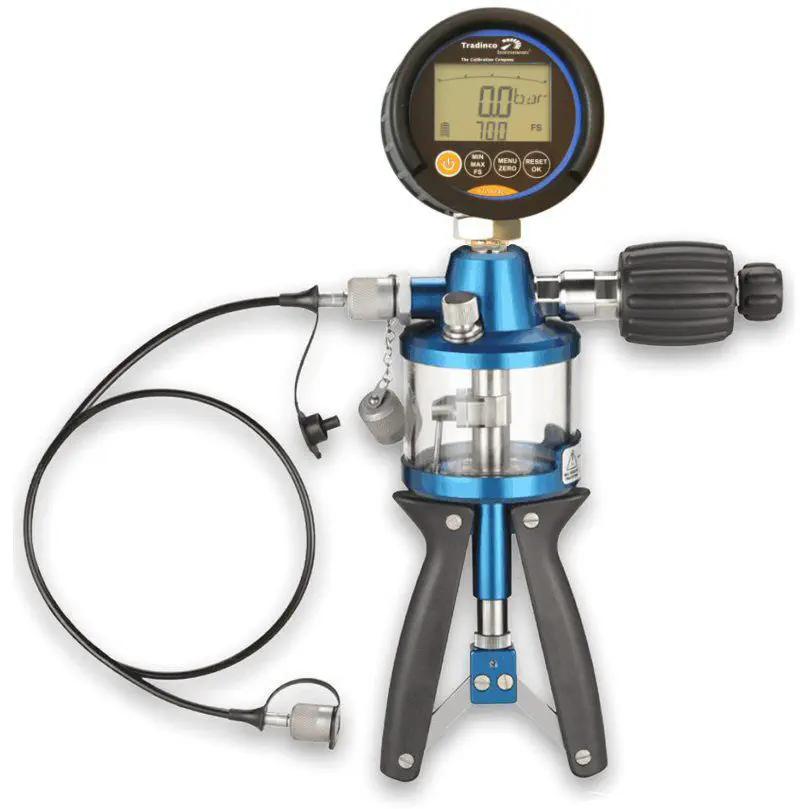
The Russia 4WD UTV Market size is predicted to reach USD 400.6 million by 2030, at a CAGR of 5.4% from 2025 to 2030. Russia’s 4WD Utility Terrain Vehicle (UTV) market, a niche yet dynamic segment of the broader automotive industry, is facing a complex landscape in 2025. Known for their versatility in rugged terrains, 4WD UTVs are popular for agricultural, recreational, and industrial applications. However, recent economic turbulence, shifting consumer preferences, and geopolitical factors have significantly influenced this market. This article explores the latest developments shaping Russia’s 4WD UTV market, drawing on recent reports and trends to provide a comprehensive overview.
Economic Downturn and Market Contraction
Russia’s automotive sector is experiencing a significant contraction in 2025, with new vehicle sales plummeting by nearly a third in the first half of the year, totaling 607,500 units. This decline, reported by the Ministry of Industry and Trade, reflects broader economic challenges, including high borrowing costs and reduced consumer demand. The 4WD UTV market, while smaller than the passenger car segment, is not immune to these pressures. Sales of domestically produced vehicles, including UTVs, dropped by 11% to 333,300 units, indicating a cautious approach among buyers amid economic uncertainty.
The downturn is attributed to several factors, including high interest rates and stricter car loan policies, which have dampened consumer purchasing power. For UTV buyers, who often rely on financing for these high-cost vehicles, these financial constraints are particularly impactful. Dealerships specializing in off-road vehicles report reduced foot traffic, with many potential customers opting to delay purchases or turn to the used vehicle market for more affordable options.
Shift Toward Chinese Manufacturers
One of the most notable shifts in Russia’s 4WD UTV market is the increasing dominance of Chinese manufacturers. Following the exit of Western automakers in 2022 due to geopolitical tensions, Chinese brands have filled the gap, introducing a range of new models tailored to Russia’s diverse terrains. Companies like Chery and Haval, traditionally known for passenger vehicles, have expanded into the UTV space, offering models with robust 4WD systems designed for off-road durability. For instance, Chery’s Tiggo 7L crossover, while not a traditional UTV, has been adapted for utility purposes, selling 2,691 units by mid-2025, a notable figure in a shrinking market.
Chinese manufacturers are capitalizing on Russia’s demand for affordable, reliable 4WD vehicles. Their UTVs, equipped with engines often exceeding 800cc, cater to agricultural and industrial needs, offering competitive pricing compared to domestic brands like AvtoVAZ. This influx has increased market competition, but it has not translated into higher overall sales, as economic constraints continue to limit consumer spending.
Impact of Geopolitical and Military Demands
Geopolitical factors, particularly Russia’s ongoing conflict in Ukraine, have indirectly influenced the 4WD UTV market. The military’s critical shortage of armored vehicles has led to increased use of civilian off-road vehicles, including UTVs, on the front lines. Reports indicate that Russian forces are deploying all-terrain vehicles, alongside cars and motorcycles, to compensate for depleted armored vehicle stockpiles. This unconventional use highlights the versatility of 4WD UTVs but also diverts supply from civilian markets, creating shortages for agricultural and recreational users.
The military’s reliance on civilian UTVs has prompted some domestic manufacturers to pivot production toward defense applications. This shift, while supporting national priorities, reduces the availability of new UTVs for commercial buyers, further tightening the market. Additionally, the government’s focus on supporting sanctions-hit domestic producers through subsidies and policies like the recycling fee has aimed to bolster local manufacturing but has not fully offset the market’s decline.
Rise of the Used UTV Market
As new vehicle sales falter, Russia’s used vehicle market, including 4WD UTVs, is seeing a surge in demand. Consumers, particularly in rural regions with challenging terrains, are turning to affordable, high-quality used UTVs, often imported from Japan. Brands like Yamaha and Honda, known for their durability, are highly sought after. The appeal of these vehicles lies in their ability to handle Russia’s diverse landscapes, from muddy farmlands to snowy forests, at a lower cost than new models.
Exporters like SAT Japan have reported strong interest from Russian buyers, particularly in cities like Vladivostok, where access to Japanese auctions facilitates the import of used UTVs. This trend reflects a broader shift toward cost-conscious purchasing, as high vehicle prices and economic uncertainty deter investment in new models. However, the used market’s growth is not enough to offset the overall decline in the automotive sector, as it primarily redistributes existing inventory rather than driving new production.
Technological and Environmental Considerations
Despite economic challenges, there is a growing interest in technological advancements within Russia’s 4WD UTV market. Manufacturers are focusing on producing safer and more efficient vehicles, with some introducing electric UTVs to align with global sustainability trends. However, electric vehicle sales, including UTVs, have seen a sharp 57% decline in 2025, totaling just 4,800 units in the first half of the year. This drop is largely due to limited charging infrastructure and high costs, which are particularly prohibitive in rural areas where UTVs are most commonly used.
Domestically produced electric UTVs account for 23% of EV sales, up from 18% the previous year, indicating a slow but steady push toward greener alternatives. These models, often equipped with advanced 4WD systems, aim to meet the needs of environmentally conscious consumers while maintaining the rugged performance required for off-road tasks. However, the high cost of electric UTVs and the lack of government incentives for civilian buyers limit their adoption.
Regional Demand and Applications
Russia’s vast geography drives demand for 4WD UTVs, particularly in rural and industrial regions. In agricultural hubs, UTVs are essential for tasks like crop inspection and livestock management, where their maneuverability and load-carrying capacity are unmatched. Recreational use, such as off-road racing and outdoor adventures, also fuels demand, though this segment is more sensitive to economic fluctuations. Regions like Siberia and the Far East, with their harsh climates and rugged terrains, rely heavily on 4WD UTVs for both work and leisure.
The military and defense sectors have emerged as unexpected consumers, further diversifying the market’s applications. However, environmental concerns, such as terrain damage caused by off-road vehicles, have led to restrictions in some wildlife areas, potentially limiting recreational use. These regulations, combined with high maintenance costs, pose challenges for market growth.
Conclusion
Russia’s 4WD UTV market in 2025 is at a crossroads, grappling with economic contraction, geopolitical influences, and shifting consumer preferences. The rise of Chinese manufacturers and the used vehicle market offers some resilience, but high costs and reduced demand continue to hinder growth. Technological advancements, particularly in electric UTVs, show promise but face adoption barriers. As Russia navigates these challenges, the market’s future will depend on balancing affordability, innovation, and support for domestic production. For now, the 4WD UTV remains a vital tool for Russia’s diverse terrains, but its market is adapting to a rapidly changing economic and geopolitical landscape.




















Write a comment ...